Former FBI agent recalls the one serial killer who left her ‘shaken’: ‘He just didn’t seem human’
Jana Monroe wasn’t expecting to receive a phone call from “The Co-Ed Killer.”
It was the early 1990s and Monroe was a member of the FBI’s Behavioral Sciences Unit at Quantico, Virginia. She wasn’t afraid to go face-to-face with a serial killer – but this encounter with Edmund Kemper was different.
“He left me shaken,” Monroe admitted to Fox News Digital. “I certainly didn’t give him any way to contact me, and yet he was able to do just that. It’s very difficult in prisons or mental institutions to make phone calls. You can earn that right with good behavior. So I was surprised to hear from him. And that monotone voice – it’s very chilling. Very creepy.”
REAL ‘MINDHUNTER’ RECALLS MEETING ‘PERSONABLE’ SERIAL KILLER EDMUND KEMPER: ‘HE DIDN’T APPEAR TO HOLD BACK’
The former FBI agent recently wrote a memoir titled “Hearts of Darkness: Serial Killers, the Behavioral Science Unit, and My Life as a Woman in the FBI.” It explores the challenges she faced as a woman in the male-dominated Bureau, as well as the cases that have stayed with her over the years.
Monroe was the model for Clarice Starling in “The Silence of the Lambs.” She even helped train Jodie Foster for the Oscar-winning role. Monroe has consulted on more than 850 homicide cases, including those involving serial killers such as Kemper.
In the ’70s, Kemper murdered eight people, including his mother and her close friend.

“I don’t know whether Anthony Hopkins used him as a model, but his role as Hannibal Lecter reminded me so much of Kemper,” Monroe explained. “Kemper had a way of staring at you and through you. He didn’t blink very much. His face was emotionless. He would just stare at you and not blink. The same was true of his voice. It’s completely devoid of emotion. Just flat. Hearing it gives you the chills. He just didn’t seem human.”
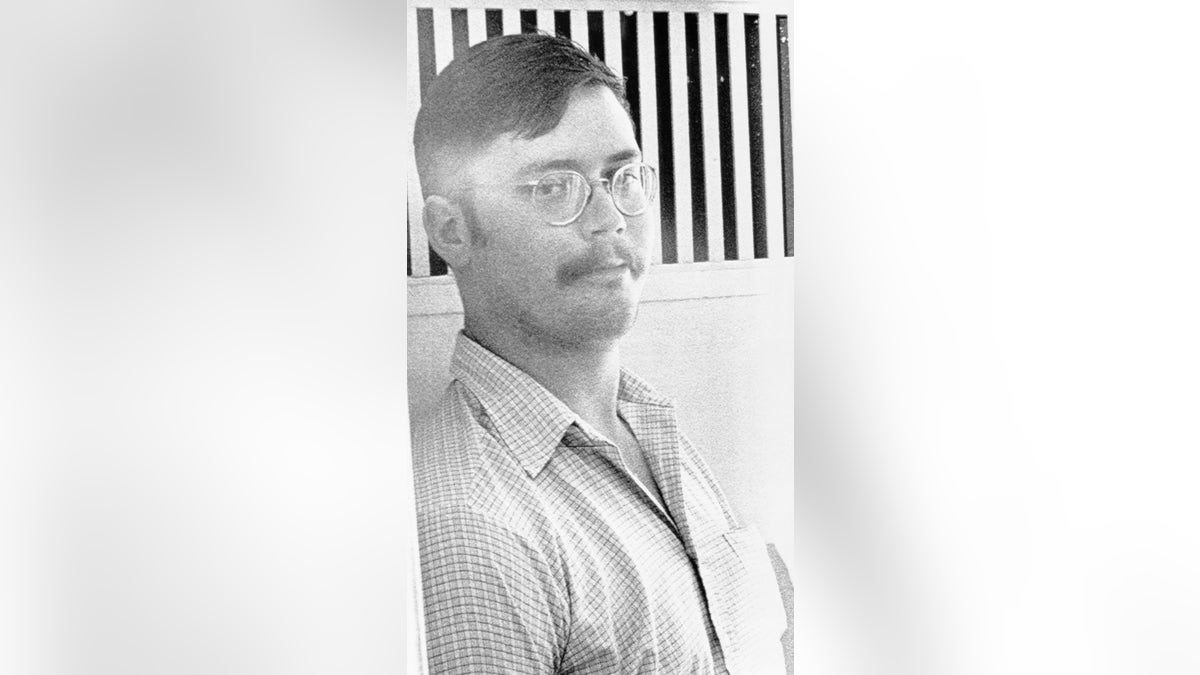
Kemper, known as “Big Ed” for his towering 6’9″ frame, first committed homicide at age 15 when he fatally shot his grandparents in 1964. Kemper, diagnosed with schizophrenia, was remanded to the custody of San Luis Obispo County’s maximum-security Atascadero State Hospital, Investigation Discovery reported.
According to the outlet, he was released in 1969 at age 21. Kemper was allowed to live with his mother in Aptos, California, because he convinced psychiatrists he was no longer a threat to himself or society. Soon after, he went on an 11-month killing spree. His last known homicide occurred in 1973. He was convicted that year and sentenced to life in a maximum-security prison.
WISCONSIN KILLER, BODY SNATCHER ED GEIN’S VOICE HEARD IN UNEARTHED RECORDINGS: ‘BARNEY FIFE WITH A CHAINSAW’
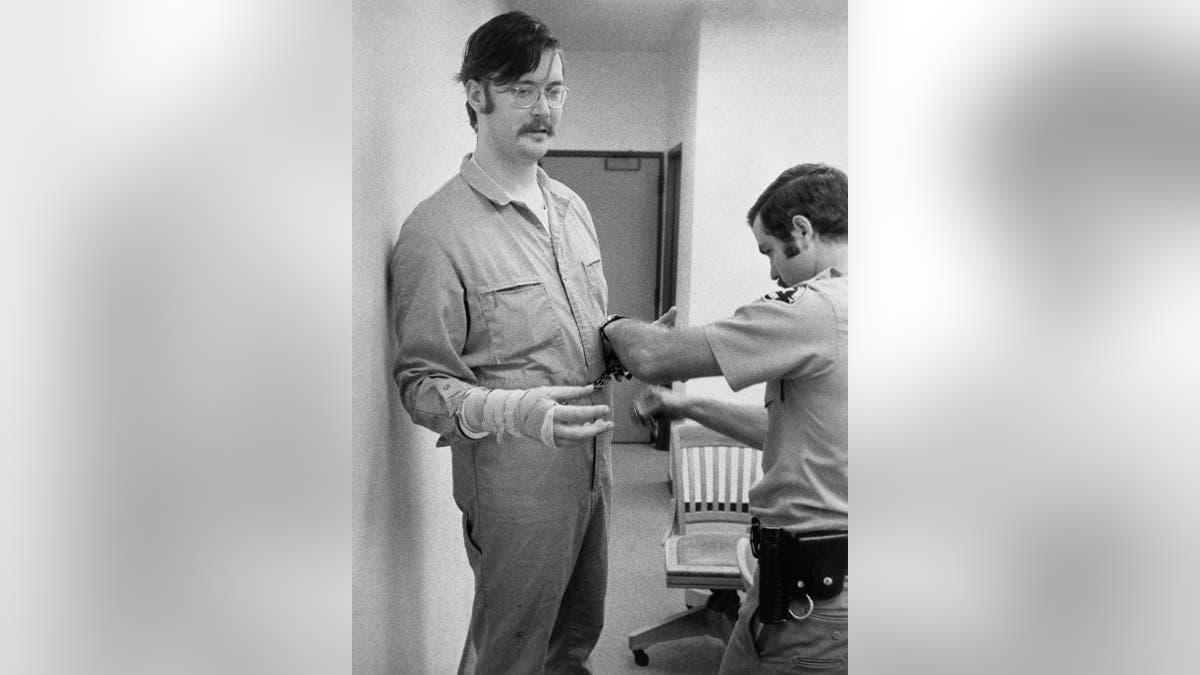
“I don’t know if you believe in IQ tests or not, but he always tested very high on those standardized tests,” Monroe said. “He was very intelligent. But what was so significant about him was that he had no conscience… A true sociopath. He would try to conjure up a tear when he spoke of his mother because he knew that’s what normal people would do if they were feeling sad or guilty. But he could never quite pull it off. So to see someone who truly has no feelings, someone who tries to mimic feelings… it’s just creepy. I hadn’t seen anybody do it to that extent.”
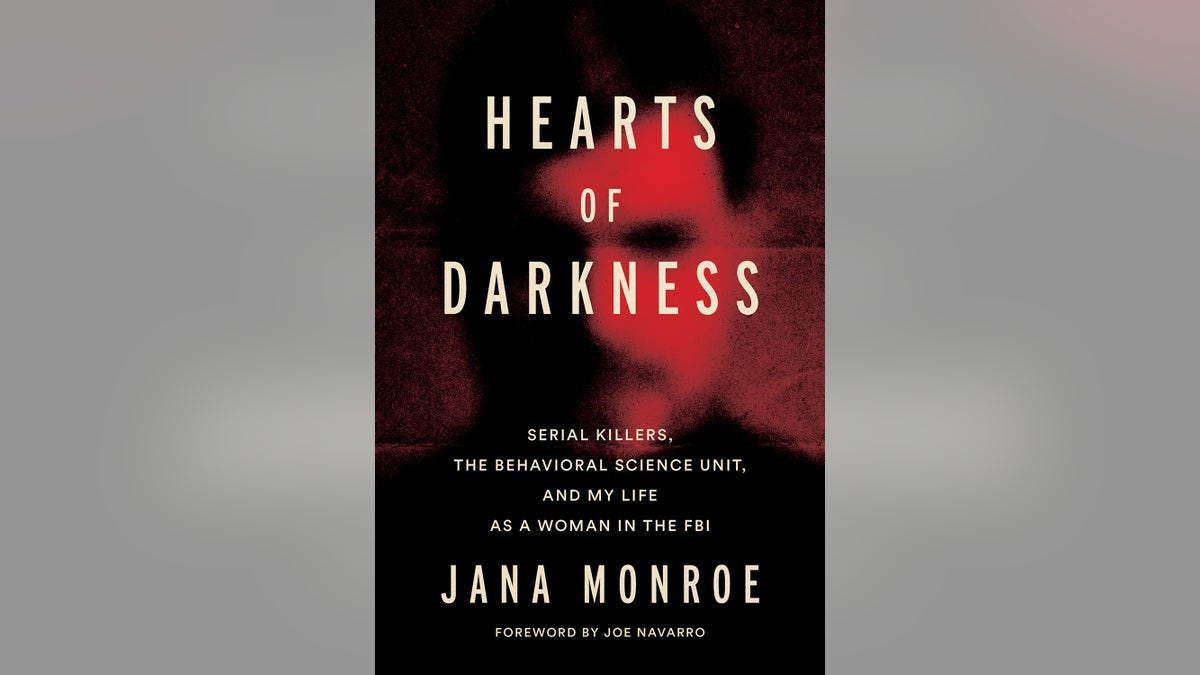
Monroe was never in the same room as Ted Bundy because he wanted “absolutely no females present.” One of the nation’s most prolific serial killers, who slaughtered at least 30 women and girls across the country in the ‘70s, was executed in 1989. He was 42.
“The reason he didn’t want to speak to a female investigator was based on how he looked at females,” Monroe explained. “He didn’t look at women with respect. He didn’t think they could hold a position above him, even with him being behind bars. He degraded women and did not want to think of them in any kind of professional setting.”
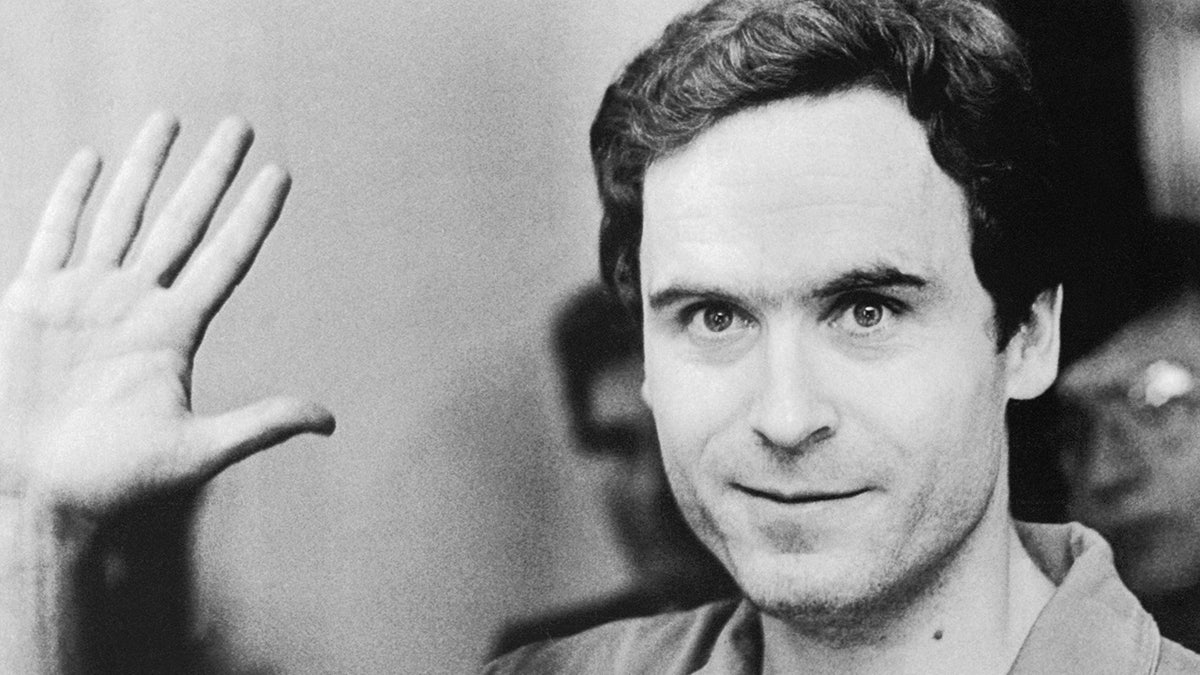
Monroe learned that Bundy only chose what he described as “worthy victims.”
“What he meant was he selected women that were, by his standards, very attractive,” she said. “They were in college or had jobs, careers. He didn’t think prostitutes were worthy because anybody could have them. Part of that excitement and thrill he got was having an attractive, well-accomplished woman take note of him and being able to take control of them.”
“For him, it was all a challenging game,” she said.
‘MONSTER’: JEFFREY DAHMER SURVIVOR NEVER RECOVERED AFTER HARROWING ESCAPE FROM KILLER, DEFENSE ATTORNEY SAYS
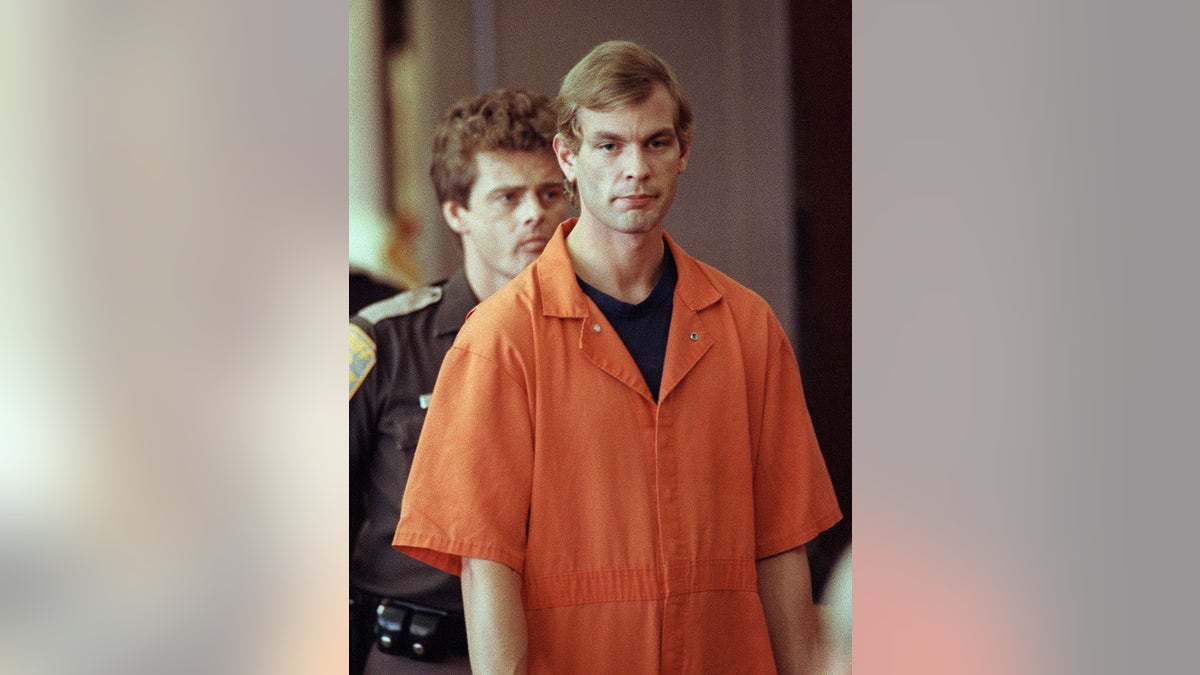
In 1994, Monroe was supposed to interview Jeffrey Dahmer, known as “The Milwaukee Cannibal.” But two days before their sit-down, Dahmer was bludgeoned to death by a fellow inmate. He was 34.
“I wasn’t surprised,” Monroe admitted. “We have a term called ‘prison justice.’ It’s a pecking order. Within prison walls, the worst are the child molesters and incest cases, but especially any case involving a child. Although not all of Dahmer’s victims were that young, some were certainly under the age of 21. He was also homosexual. Typically, prisoners like that are in protective custody or have them isolated from others for that reason.”
There was one serial killer Monroe felt “very badly” for – Aileen Wuornos. She was convicted of murdering six men working as a prostitute along highways in central Florida. She was executed in 2002 at age 46.

“If you look at her history, in my opinion, she didn’t have a chance,” Monroe said. “From the day she was born, her mother gave her up in a card game. Then she was molested [by an adult]. She went to live in a variety of foster homes. After she was apprehended, she claimed she was either molested or assaulted at these foster homes.”
“She had, from her perspective, a really good reason not to like men,” Monroe continued. “I think it would have been outstanding if she had grown up to have morals and be on the spectrum of normal. But when talking about a bad childhood, she had one of the worst that I’ve studied.”
Monroe also studied women who fell in love with serial killers. She said they were the greatest mysteries of her career.
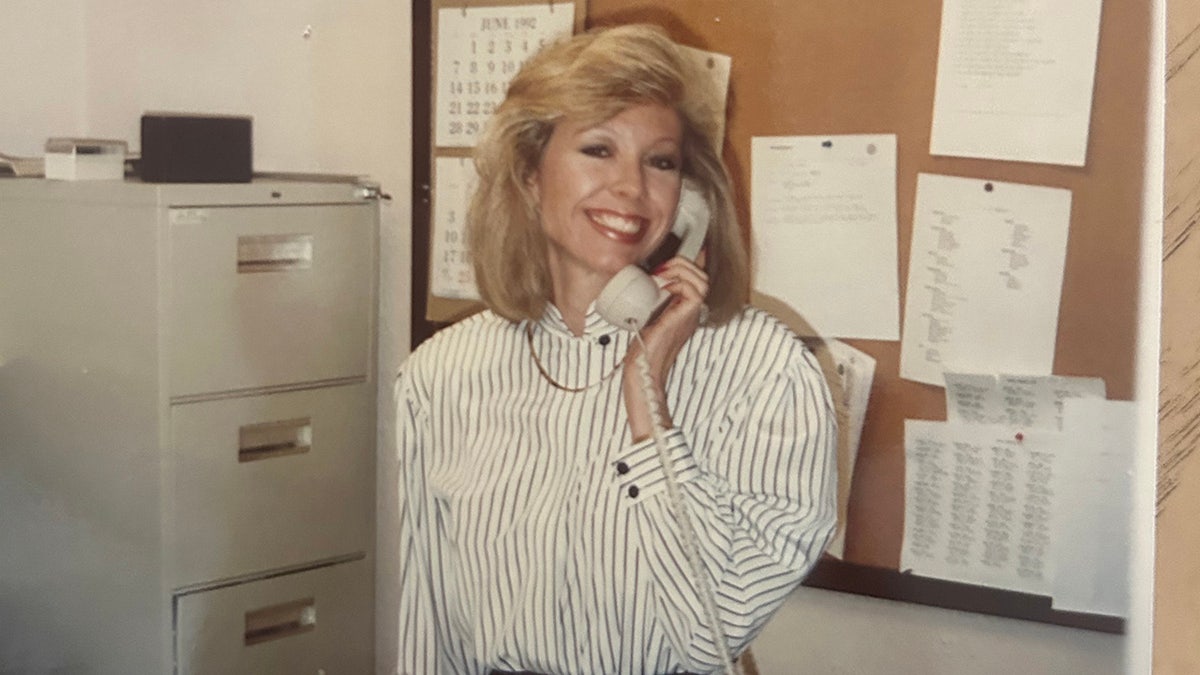
“One of the women we interviewed was an emergency room nurse with a master’s degree,” she said. “She could have easily made her own money and lived on her own… Many of these women stayed with these serial killers. I would have assumed these women would have been really needy and financially dependent. That proved to be inaccurate… They loved these bad boys on steroids. They’re the ones, in my opinion, that should really be studied. How can an emotion be so strong that it overcomes any kind of judgment?”
TED BUNDY’S EX-GIRLFRIEND RECALLS HORRIFYING ENCOUNTER WITH THE SERIAL KILLER: ‘HE JUST LAUGHED’

Monroe hopes her book will shine a light on the cases she studied over the years. A common question people tend to have about serial killers is why.
“The big misconception that still exists is that a serial killer looks a certain way,” Monroe said. “People expect a serial killer to look like Charles Manson – someone with weird eyes. There must be something physically different about them, or they just don’t engage in conversation. But the truth is, serial killers can mask all of that.”
“If you were to run into one at a grocery store, they would have a conversation with you,” she shared. “I think people don’t expect that. They underestimate some of the pretense and social skills they can have… It’s compelling and repulsive at the same time.”
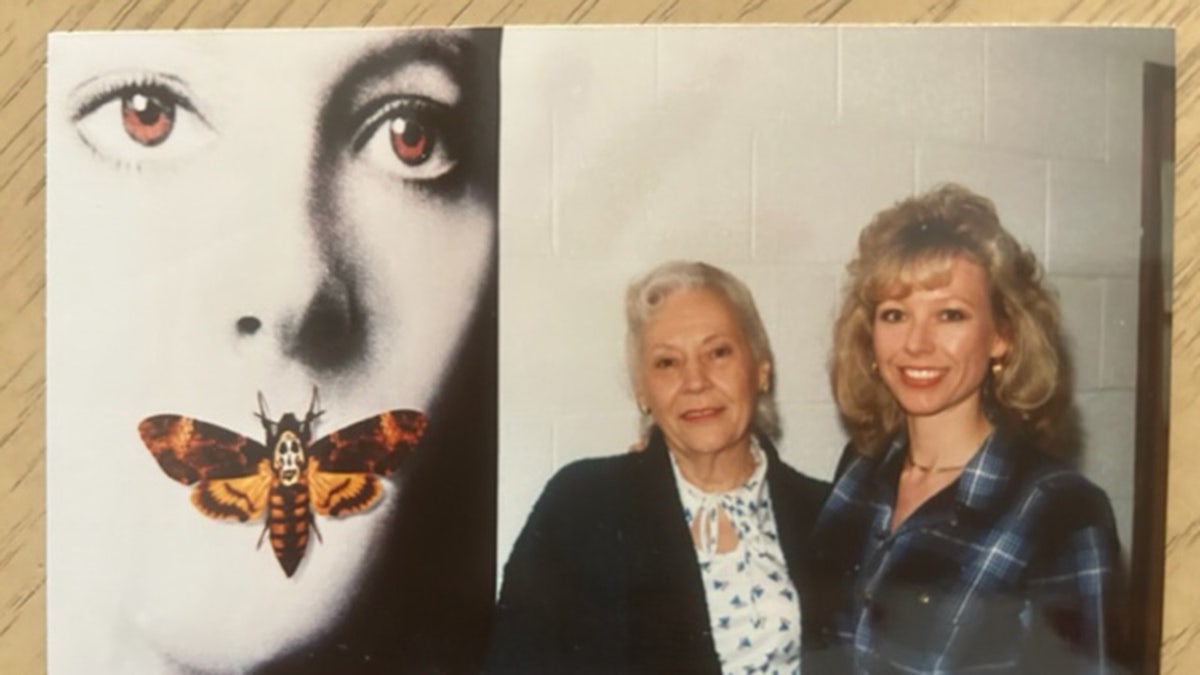
“Why are people fascinated by serial killers?” Monroe reflected. “Well, it’s like a traffic accident. People don’t want to see others hurt or injured. But at the same time, they can’t stop looking.”
The Associated Press contributed to this report.
Read the full article Here


